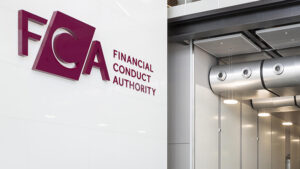General reductions in trusts’ annual charges followed, such as the high-profile fee cut on Fidelity’s China Special Situations trust in 2014, and it now seems incumbent on new trust launches to offer market-beating charge rates.
The obvious example has been Neil Woodford. In an extraordinary move his new Patient Capital Trust will charge no fees at all unless it delivers a cumulative net asset value return of more than 10%.
That will leave investors paying solely the trust’s 0.19% of ongoing charges and transaction costs, plus 15% of any returns over 10% a year.
However, there is another trend in trust charging, already popular in other world asset management markets, that could strike fear into the heart of the UK’s open-ended fund establishment if it takes off in core markets – tiered charging.
Baillie Gifford and others have for the past few years been introducing tiered charging on their trust ranges, including the giant £5.1bn Scottish Mortgage.
Aberforth, another well known trust, also added a tiered structure several years ago.
The structure aims to pass on benefits of economies of scale back to investors. Once a product reaches a certain size the charges levied on assets under management above that level are reduced, dampening the scalability benefit.
This week’s news that Baillie Gifford was adding a tiered structure to another of its trusts, the £1.5bn Monks, suggests that the trend of tiered charging remains active.
In the US, the world’s largest investment industry, there is already an expectation that fees should fall as funds grow larger, with the biggest funds over the pond tending to cost much less than their cousins over here.
But as the FCA Market Study nears completion, the move towards scale-based charge cuts in the UK could be seized upon as a solution to the margins issue.
Whether it becomes something called for in regulations, or simply something expected by clients, tiered charging could pose a threat to the comfortable margins enjoyed by the asset management industry.



















